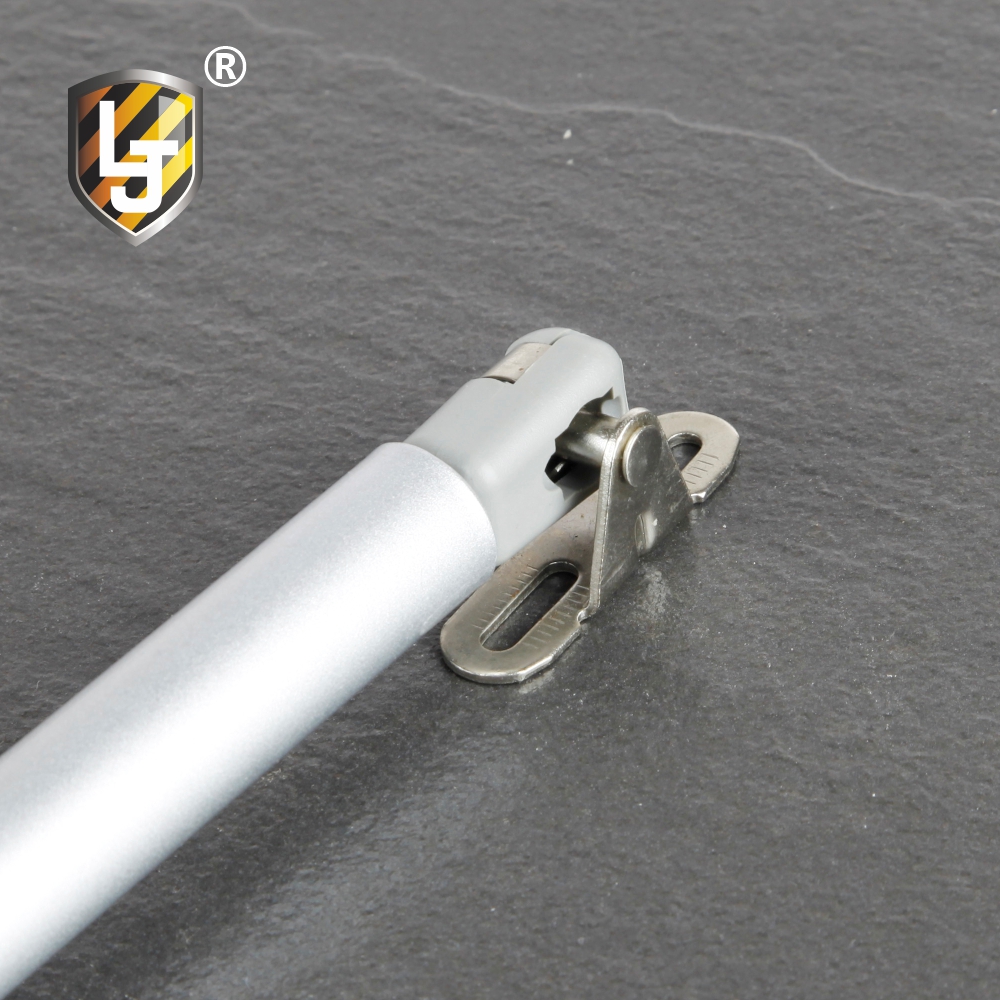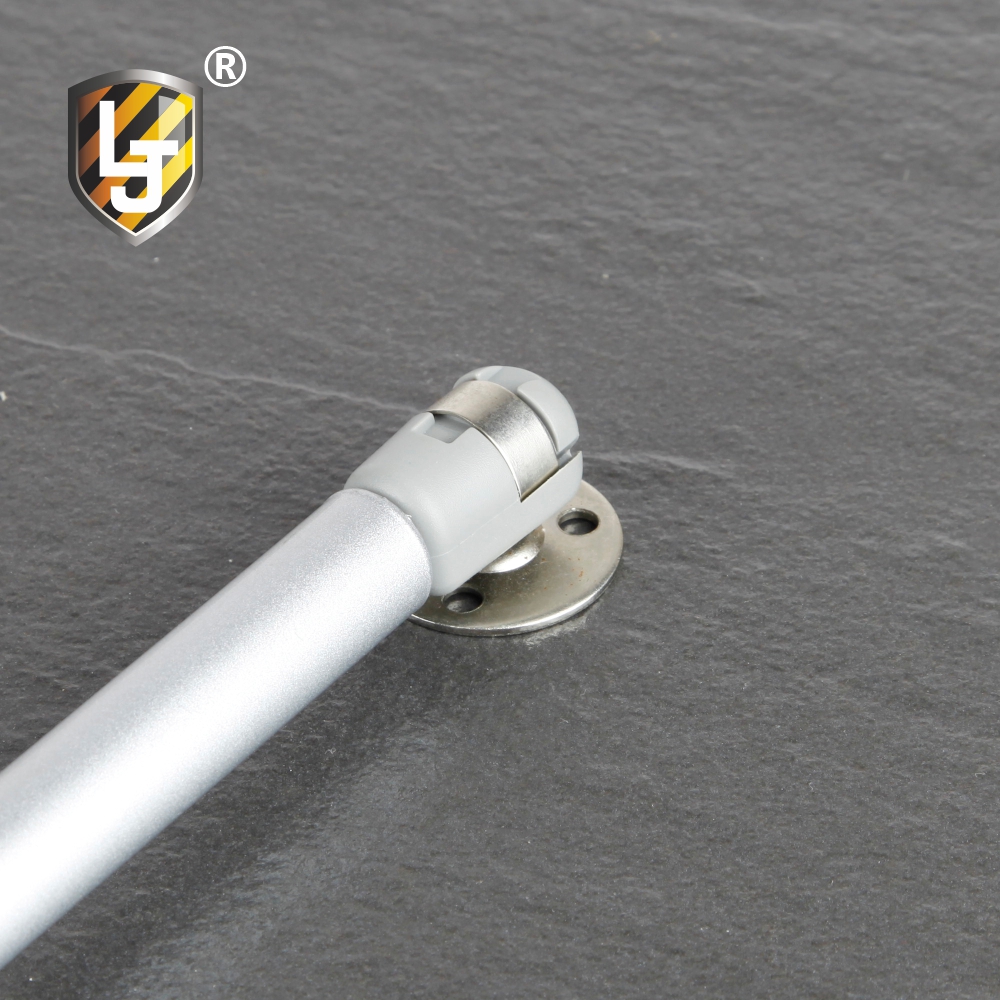Standard Gas Springs vs. Adjustable Gas Springs: Understanding the Differences
Gas springs are essential components used in various industries to provide controlled motion and support for lids, hatches, and cabinets. When it comes to gas springs, two common types are standard gas springs and adjustable gas springs. Then we will explore the differences between these two types, highlighting their unique features, applications, and benefits.
1. Fixed Force vs. Customizable Force:
The primary distinction between standard gas springs and adjustable gas springs lies in their force characteristics. Standard gas springs have a fixed force, meaning the force exerted during compression or extension remains constant. On the other hand, adjustable gas springs with a valve mechanism offer the ability to customize the force according to specific requirements. The valve mechanism located on the cylinder consists of a valve housing and an adjustment screw or knob, allowing for the adjustment of the gas pressure. By turning the adjustment screw or knob, the user can increase or decrease the gas pressure. This adjustability allows users to fine-tune the gas springs' performance for optimal functionality.

2. Damping Control:
Another significant difference is the ability to control damping. Standard gas springs typically have a fixed damping characteristic, providing a consistent level of resistance during motion. In contrast, adjustable gas springs offer adjustable damping, allowing users to modify the level of resistance encountered when the spring is in motion. This feature is particularly beneficial in applications where controlled motion or damping is crucial.
3. Versatility and Customization:
Adjustable gas springs provide greater versatility and customization options compared to standard gas springs. With adjustable gas springs, users can tailor the force and damping characteristics to meet specific requirements. This versatility allows for a wider range of applications, as the gas springs can be adjusted to accommodate different loads, angles, or user preferences.
4. Applications:
Standard gas springs are commonly used in applications where a fixed force and damping characteristic is sufficient. These include simple lid or hatch opening and closing mechanisms in cabinets, toolboxes, or small enclosures. Adjustable gas springs, on the other hand, find applications in scenarios where precise control, customization, and adaptability are required. These include automotive trunk lids, height-adjustable furniture, medical equipment, aerospace doors, and industrial machinery.

5. Ease of Installation:
Both standard and adjustable gas springs are generally easy to install. They consist of a cylinder, a piston rod, and a valve mechanism. The main difference lies in the presence of an adjustment feature in adjustable gas springs, which allows users to modify the force or damping characteristics
Standard gas springs and adjustable gas springs serve different purposes and cater to specific requirements. Standard gas springs provide a fixed force and damping characteristic, making them suitable for applications where a consistent level of support is needed. On the other hand, adjustable gas springs offer the flexibility to customize force and damping, making them ideal for scenarios that demand precise control and adaptability. Understanding the differences between these two types of gas springs is crucial when selecting the appropriate option for a specific application. By choosing the right type, users can ensure optimal performance, enhanced functionality, and improved user experiences.
